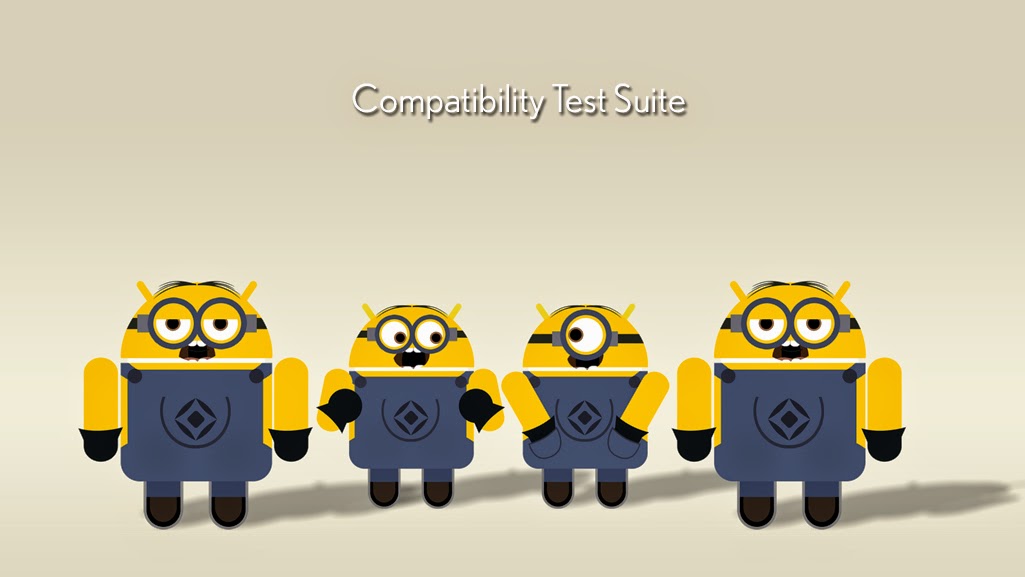Itroduction To Android
What is android ?
Android is a software stack for mobile devices that includes an operating system, middleware and key applications.
One of the most widely used mobile OS these days is ANDROID. Android is a software bunch comprising not only operating system but also middleware and key applications. Android Inc was founded in Palo Alto of California, U.S. by Andy Rubin, Rich miner, Nick sears and Chris White in 2003. which is later on purchased by Google in 2005. Presently, Google and Open handset alliance are owners of Android operating system. After original release there have been number of updates in the original version of Android.
Android is a powerful Operating System supporting a large number of applications in Smart Phones. These applications make life more comfortable and advanced for the users. Hardwares that support Android are mainly based on ARM architecture platform. Some of the current features and specifications of android are:
Features in Android:
Technical overview to Android
Android is feature rich operating system for the mobile devices, which is developed by utilizing various programming languages,databases, frameworks, Libraries. This multipurpose operating system can be used in various mobile devices like netbooks, tablet computers and obviously in cellular phones. Giving a technical view that reveals an amazing fact of 12 million lines of code such as the programming languages in its coding are 2.8 million lines of C, Java holds 2.1 million lines and C++ with 1.75 million lines. The relational database management system SQLite is used for data storing. Android operating system software stack is composed of Java libraries, C libraries, SGL graphic engine, Webkit layout engine, Bionic libc, OpenGL ES 2.0 3D graphics API and SSL. There are various features for the Android handset user as well as Android developer / programmer. Few very common features are:
- Application framework enabling reuse and replacement of components
- Dalvik virtual machine optimized for mobile devices
- Integrated browser based on the open source WebKit engine
- Optimized graphics powered by a custom 2D graphics library; 3D graphics based on the OpenGL ES 1.0 specification (hardware acceleration optional)
- SQLite for structured data storage
- Media support for common audio, video, and still image formats (MPEG4, H.264, MP3, AAC, AMR, JPG, PNG, GIF)
- GSM Telephony (hardware dependent)
- Bluetooth, EDGE, 3G, and WiFi (hardware dependent)
- Camera, GPS, compass, and accelerometer (hardware dependent)
- Rich development environment including a device emulator, tools for debugging, memory and performance profiling, and a plugin for the Eclipse IDE
Android comes with an Android market which is an online software store. It was developed by Google. It allows Android users to select, and download applications developed by third party developers and use them. There are around 2.0 lack+ games, application and widgets available on the market for users.
Android applications are written in java programming language. Android is available as open source for developers to develop applications which can be further used for selling in android market. There are around 200000 applications developed for android with over 3 billion+ downloads. Android relies on Linux version 2.6 for core system services such as security, memory management, process management, network stack, and driver model. For software development, Android provides Android SDK (Software development kit).
Applications:
These are the basics of Android applications:
• Android applications are composed of one or more application components (activities, services, content providers, and broadcast receivers)
• Each component performs a different role in the overall application behavior, and each one can be activated individually (even by other applications)
• The manifest file must declare all components in the application and should also declare all application requirements, such as the minimum version of Android required and any hardware configurations required
• Non-code application resources (images, strings, layout files, etc.) should include alternatives for different device configurations (such as different strings for different languages)
Google, for software development and application development, had launched two competitions ADC1 and ADC2 for the most innovative applications for Android. It offered prizes of USD 10 million combined in ADC1 and 2. ADC1 was launched in January 2008 and ADC 2 was launched in May 2009. These competitions helped Google a lot in making Android better, more user friendly, advanced and interactive.
Other Mobile Operating Systems:
There are different other Mobile operating systems also present in market in competition with Android. Apple's iOS and Windows Phone give strong competition to Android. A simple comparison between features and specifications of latest version of Android and other Operating Systems can be seen in the table given below.
According to Canalys, In Q2 2009 Android had 2.8% market share which had grown to 33% market share by Q4 2010 which made Android leader of smart phone OSs worldwide. The market share for commonly used mobile OSs is shown in the following pie chart.
A large no of mobile companies are using Android. A list of companies supporting Android in their hardware is:
· Acer Inc
· ALCATEL ( TCL corporation )
· Bluelans Communications
· NCE casio Mobile Communications
· Cherry Mobile
· CSL
· Dell
· Garmin
· Geeks Phone
· General Mobile
· High screen
· HKC
· HTC coroporation
· Huawei
· I-mobile
· Lenovo
· LG
· Motorola
· Samsung
· Sony Ericsson
· Videocon
· ZTE
J2ME | Android |
Platform like J2SE to development J2ME apps | Operating System with customized Java API to develop mobile apps |
Kilobyte Virtual Machine (KVM) | Dalvik Virtual Machine (DVM) |
Limited access to the native OS | Full access to the native OS |
Limited GUI components | Many more and complex GUI components |
Not easy to integrate with 3rd party applications | Has easy integration to Google's cloud services (GTalk, Maps, Gmail…) |
Components of Android are:
1. Activities
2. Services
3. Broadcast Receivers
4. Content Providers.
Activity is the basic building block of every visible android application. It provides the means to render a UI. Every screen in an application is an activity by itself. Though they work together to present an application sequence, each activity is an independent entity.
Service is another building block of android applications which does not provide a UI. It is a program that can run in the background for an indefinite period.
Service is another building block of android applications which does not provide a UI. It is a program that can run in the background for an indefinite period.
Broadcast Receiver is yet another type of component that can receive and respond to any broadcast announcements.
Content Providers are a separate league of components that expose a specific set of data to applications.
Intents are messages that are passed between components. Intent is a bundle of information, a passive data structure that holds an abstract description of the operation to be performed.
Intents are messages that are passed between components. Intent is a bundle of information, a passive data structure that holds an abstract description of the operation to be performed.
- Intent is a bundle of information, a passive data structure that holds an abstract description of the operation to be performed. (or in the case of broadcasts, a description of an event that has happened and is being announced).
NOTE: Intents can be made to work exactly like API calls by using what are called explicit intents, which will be explained later. But more often than not, implicit intents are the way to go and that is what is explained here.





Comments
Post a Comment